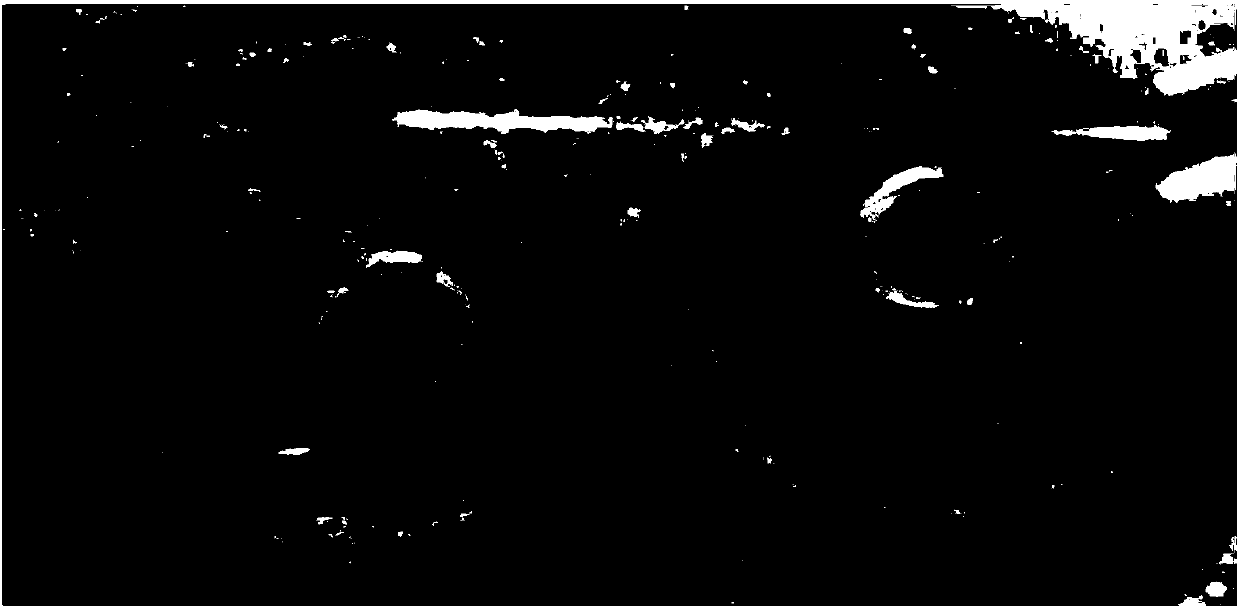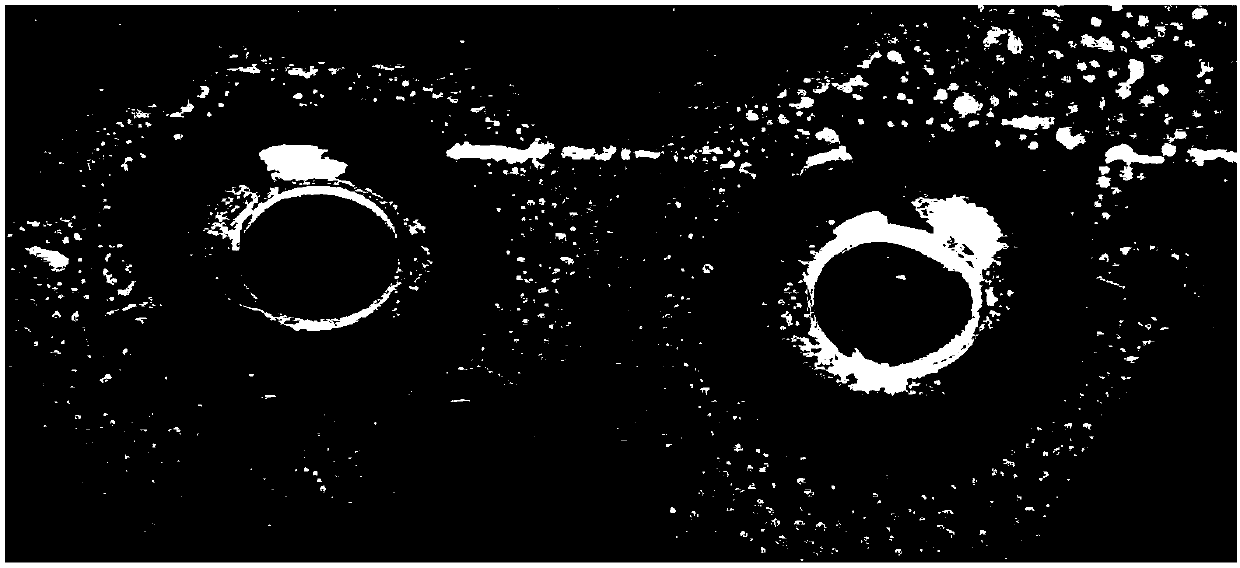Microbial agent for preventing and treating bacterial plant diseases and application thereof
A microbial agent and plant disease technology, applied in plant growth regulators, botany equipment and methods, applications, etc., can solve problems affecting the ecological environment, soil microbial imbalance, and damage to soil structure, and achieve low cost of use and improved quality effect
- Summary
- Abstract
- Description
- Claims
- Application Information
AI Technical Summary
Problems solved by technology
Method used
Image
Examples
Embodiment 1
[0030] 1) Use the inoculation loop to pick colonies of Bacillus subtilis and Bacillus cereus and inoculate them into LB medium respectively for cultivation. The cultivation temperature is 32°C, and the oscillation speed is 120rpm in a reciprocating shaker. After 24 hours of cultivation, transfer Fermentation medium, for fermentation, the inoculum size is 2% of the total volume of fermentation;
[0031] 2) When Bacillus subtilis and Bacillus cereus were respectively fermented and cultivated at 28°C for 36 hours, the spore rate was >95%, and the fermentation was terminated; then they were centrifuged at 8000rpm on a drum centrifuge for 10 minutes to obtain Bacillus subtilis sludge and wax Bacillus cereus sludge;
[0032] 3) Weigh the protective agent, carrier and surfactant as follows: 1g glycerin, 1.7g gum arabic, 0.1g monosodium glutamate, 20g skimmed milk powder, 77g maltodextrin, 0.2g Tween 80;
[0033]After mixing 0.2g of Bacillus subtilis and 0.5g of Bacillus cereus, add ...
Embodiment 2
[0037] 1) Use the inoculation loop to pick colonies of Bacillus subtilis and Bacillus cereus and inoculate them into LB medium respectively for cultivation. The cultivation temperature is 32°C, and the oscillation speed is 120rpm in a reciprocating shaker. After 24 hours of cultivation, transfer Fermentation medium, for fermentation, the inoculum size is 3% of the total volume of fermentation;
[0038] 2) When Bacillus subtilis and Bacillus cereus are respectively fermented and cultivated at 35° C. for 30 hours, the spore rate is > 95%, and the fermentation is terminated; then respectively centrifuged at 9000 rpm for 10 minutes on a drum centrifuge to obtain Bacillus subtilis sludge and wax Bacillus cereus sludge;
[0039] 3) Weigh the protective agent, carrier and surfactant as follows: 3g glycerin, 0.5g gum arabic, 1.5g monosodium glutamate, 10g skimmed milk powder, 84.4g soluble starch, 0.6g sapinberry solution;
[0040] After mixing 0.03g of Bacillus subtilis and 0.07g of...
Embodiment 3
[0044] 1) Bacillus subtilis and Bacillus cereus were respectively inoculated into LB medium for cultivation, the cultivation temperature was 32°C, and the oscillation speed was 120rpm (reciprocating oscillator); after 24 hours of cultivation, 1% inoculation amount was transferred to fermentation culture base for fermentation;
[0045] 2) When Bacillus subtilis and Bacillus cereus were respectively fermented and cultivated at 30°C for 24 hours, the spore rate was 95%, and the fermentation was terminated; then they were centrifuged at 10,000rpm on a drum centrifuge for 10 minutes to obtain Bacillus subtilis sludge and wax Bacillus cereus sludge;
[0046] 3) Weigh the protective agent, carrier and surfactant as follows: 1.5g glycerin, 2g gum arabic, 0.5g monosodium glutamate, 15g skimmed milk powder, 80.9g soluble starch, 0.1g sapinberry solution;
[0047] After mixing 0.5g of Bacillus subtilis and 0.5g of Bacillus cereus, add protective agent, surfactant and carrier, add water ...
PUM
 Login to View More
Login to View More Abstract
Description
Claims
Application Information
 Login to View More
Login to View More - R&D Engineer
- R&D Manager
- IP Professional
- Industry Leading Data Capabilities
- Powerful AI technology
- Patent DNA Extraction
Browse by: Latest US Patents, China's latest patents, Technical Efficacy Thesaurus, Application Domain, Technology Topic, Popular Technical Reports.
© 2024 PatSnap. All rights reserved.Legal|Privacy policy|Modern Slavery Act Transparency Statement|Sitemap|About US| Contact US: help@patsnap.com










